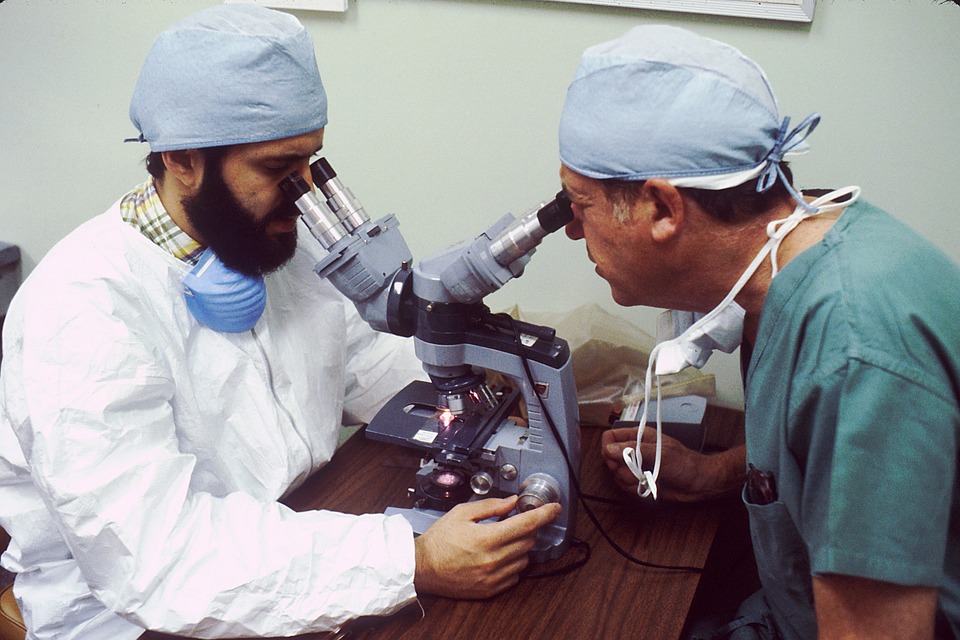The Changing Landscape of Men’s Sexual Health: Key Trends and Challenges
Over the years, there has been a significant shift in the way society looks at men’s sexual health. Traditionally, discussions surrounding sexual health were largely focused on women’s needs. However, in recent times, men’s sexual health has gained more attention, resulting in important conversations and greater awareness about key trends and challenges faced by men.
One of the key trends observed in men’s sexual health is the increasing emphasis on mental health and its impact on sexual well-being. Men are more openly discussing issues such as anxiety, depression, and stress, which can have a direct effect on their sexual health. The recognition of this correlation has led to a greater understanding and the development of strategies to address these challenges.
Another important trend is the growing awareness of sexual dysfunction among men, including conditions such as erectile dysfunction (ED) and premature ejaculation (PE). In the past, there was a certain stigma surrounding these issues that hindered open discussions and seeking medical help. However, with increased awareness, men are now more comfortable seeking professional advice and exploring treatment options to improve their sexual health.
Technology has also played a significant role in shaping the landscape of men’s sexual health. Online platforms, telemedicine, and virtual consultations have become popular, providing accessibility and convenience for individuals seeking assistance. These advancements have also allowed for more personalized and tailored treatments, catering to specific needs and preferences.
However, along with these trends, there are also several challenges that need to be addressed. One of the primary concerns is the prevalence of misinformation and the influence of unrealistic portrayals of masculinity. Men may feel pressured to conform to societal expectations, leading to negative effects on their sexual health. It is crucial to emphasize the importance of open conversations and education to combat such challenges.
Another challenge is the lack of diversity and inclusion within the field of men’s sexual health. Historically, research and treatment options have focused primarily on cisgender, heterosexual men, neglecting the unique needs of individuals from different sexual orientations, gender identities, and cultural backgrounds. Efforts are required to develop comprehensive and inclusive approaches that cater to the diverse population.
Men’s sexual health is a multidimensional issue that requires a holistic approach. Recognizing the impact of mental health on sexual well-being, promoting open conversations, leveraging technology, addressing societal pressures, and embracing diversity are essential steps towards ensuring better sexual health outcomes for men.
The changing landscape of men’s sexual health brings a ray of hope for individuals seeking help, support, and treatment regarding their sexual health concerns. By continuing to address key trends and challenges, we can foster a healthier and more inclusive environment that supports the well-being and sexual satisfaction of all men.



